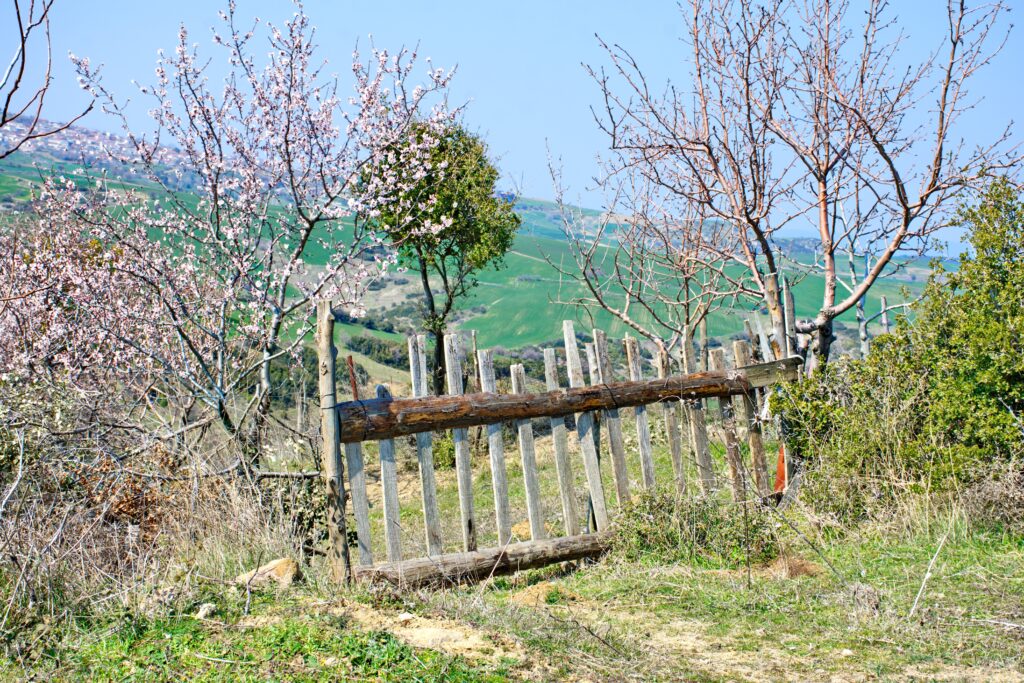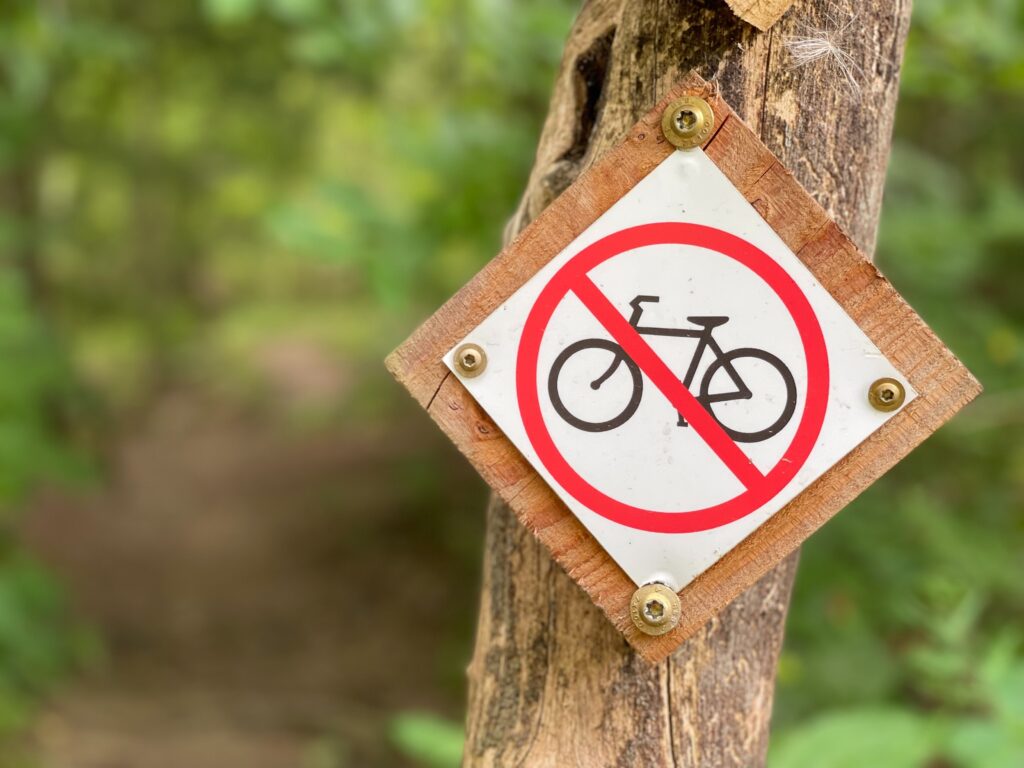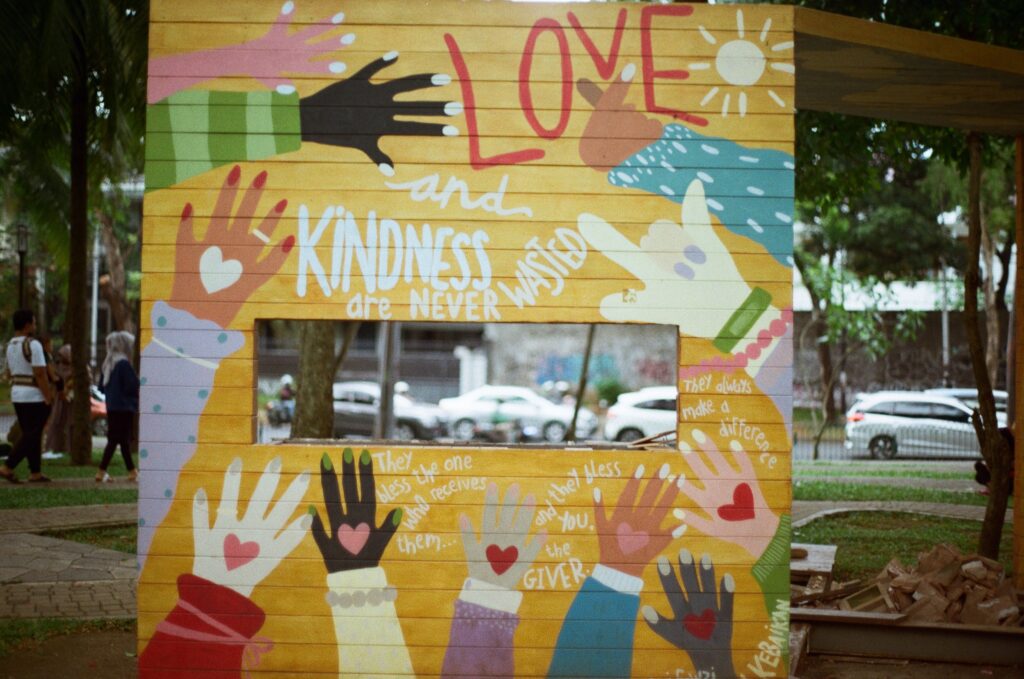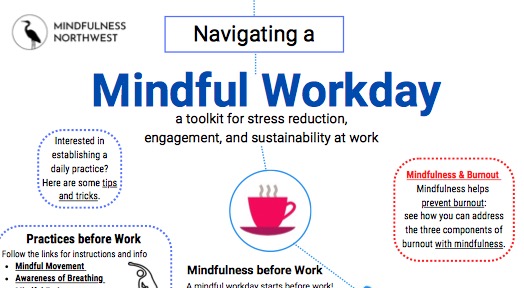
Photo by Andre Hunter
My partner and I were on a bike ride. She’s fairly new to town and I had the idea to pass through the university campus to check it out. I remembered a trail that skirts the bottom of the arboretum which would be pretty, so we rode up a neighborhood street and joined it. I didn’t see any signage at that end of the trail but I used to live in that neighborhood and remembered where it was.
We enjoyed the leafy tree-cover, the spring breeze, and the great view down towards Bellingham Bay as we contoured around Sehome Hill. A weekday mid-morning, the trail was empty. Very pleasant.
Just before we came down into the center of campus there was a man on the trail ahead of us. He looked to be perhaps 60, well-dressed, professional. The trail wasn’t wide so we slowed and asked him to excuse us as we passed to his left. He turned quickly, startled.
Then he proceeded to dress us down.
“No bike are allowed on this trail!” he said angrily. “How could you not know that? Didn’t you know what the stile you went through meant?”

Photo by Rusyena
I wasn’t sure what he meant by a ‘stile’ until later, after we continued on, and saw an overlapping set of gates that are hard to roll a bike through with a few small beat up graffiti-covered signs on them. Looking closely, I saw that one, indeed, has a symbol for no bikes. There wasn’t such a thing at the other end of the trail where we entered.
The unpleasant one-sided conversation continued.
My partner shared that we didn’t know there were no bikes allowed. The man’s energy stayed very heated but with a voice oddly calm. “You’re lying. There’s no way you didn’t know that.” And from there, he reviled us for our ignorance, dishonesty, and disrespect for the rules. He wouldn’t let up for quite a while.
After I conceded with something like, “Well, I guess we violated the rules this time,” we managed to disengage. This somehow appeased him, a little.
“Cheers,” he said without friendliness, dismissing us.
As we continued on our ride, my partner and I were both badly shaken. My heart rate and breathing were elevated. My mind raced through ruminative replays of the incident.
First, I defensively thought of how the other end of the trail wasn’t posted! Then, as layers of anger, fear, and reactivity swelled up, my mind’s narrative shifted to zingers about why this man felt it right to accuse perfect strangers of lying. Who made him guardian of the trail anyway? Or how come his mother hadn’t taught him how to be polite? And on and on.
My mind even conjured a more generous replay in which the man said with polite kindness, “Ah, hello! Perhaps you didn’t know that bikes aren’t allowed on this trail?” To which we could reply with equal good cheer, “Ah, no, we didn’t know that. We won’t cut through here this way again, thanks!”
Listen to these ruminations! The power this unpleasant encounter had over me was impressive. Even hours later I could still feel the agitated nervousness from it and a jaggedness in my mind.

Photo by Steve DiMatteo
Eventually, my desire to rewrite history did ease. What happened, happened. I’ll likely never know who the man was or if that’s the way he usually treats strangers he perceives as misbehaving. But the upset feelings lingered much longer.
On reflection, I considered what it must be like to encounter aggression on a more regular basis. It was sure hard for me to take even this one encounter! In fact, the experience made me realize, again, that it’s my privilege, mostly, that protects me from regularly having these types of altercations with perfect strangers calling me out.
Then at the end of our ride, an interesting thing happened. I watched a pickup truck in front of me roll quickly through a stop sign as they turned left. In fact, they neither slowed nor looked right or left at all. This was dangerous behavior in a residential area with plenty of bikes and children in it.
I could feel my inner voice starting to shout, “Hey! That was a stop sign! What’s wrong with you?!” But before my actual voice could send that message out into the world, I stopped myself. Here I was getting ready to do the same thing as our verbally violent assailant on the trail: meeting something I don’t like – or feel threatened by – with aggression.
Does anyone ever change their behavior in response to aggression? It sounds doubtful to me. And yet we all seem to have the seeds of aggression in us.
I’d like to think that I was more inclined toward aggression right then because of recently having been rattled by someone else’s. If that’s true, I think it’s important to consider that aggression tends to lead to more aggression. To more trouble. To less peace. Less connection. And less friendliness.
Or perhaps the seeds of aggression toward the pickup driver popped into my head just because I’m human.
In either case, after an upset I am always grateful for my mindfulness practice.

Photo by Ditto Bowo
Mindfulness helps me see my reactions with more perspective. It helps me catch myself. It helps me, after I calm down, feel a little curiosity about the other person: Perhaps the man on the trail had just received terrible news. Or maybe he’d been hit by a bike on this trail before? I just don’t know what his experience or decision-making felt like internally when he snapped into his angry stance so quickly. Maybe he himself had been the recipient of lots of aggression over his life. I’ll never know.
What I do know is I have choices. I have choice in how I respond to people. And I choose, as best as I can, gentleness and kindness. I also choose to strengthen those healthy boundaries when that’s what’s needed. How has it been for you when aggression arises from another toward you? Or within you towards another?
Wishing you an aggression-free day. But if you’re not so fortunate, may the tools of mindful awareness and compassion be there for you when you need them!
— Tim
P.S. For a few of the practices that I find helpful in meeting moments of upset you might enjoy reading these last couple of articles I wrote for the newsletter: Taking a Purposeful Pause: Part 1 talks about the STOP practice. Part 2 walks through the Self-Compassion Break. On our website the compassion practices are very helpful, too. To be clear, I didn’t specifically do particular mindfulness practices step-by-step, during the above encounters. However, I’m sure the many times I have done these practices helped me access more awareness and curiosity in the middle of these situations. Practices like these can help us bring up more gentleness and grace around how we’re navigating this complex, stressful world together. You might try them out, too, and see what you think.
This article was part of our Practice Letter newsletter. If you’d like to receive this monthly publication in your Inbox, please sign up here.

